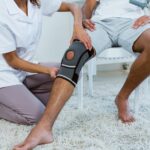
POST-SURGICAL RECOVERY
June 5, 2024
POST-SURGICAL RECOVERY
June 5, 2024MODALITIES
THE BENEFITS OF MASSAGING SCAR TISSUE
THE BENEFITS OF MASSAGING SCAR TISSUE: HOW AND WHY IT SHOULD BE DONE
Scar tissue forms as part of the body’s natural healing process following injuries, surgeries, or burns.
While scarring is a normal biological response, it can sometimes lead to discomfort, restricted movement, and aesthetic concerns. Massage therapy has been shown to offer numerous benefits in managing and improving scar tissue. This article explores the advantages of massaging scar tissue, the techniques involved, and the reasons behind its effectiveness.
The Benefits of Massaging Scar Tissue
- Improved Circulation
Scar tissue can disrupt normal blood flow in the affected area. Massage stimulates circulation, bringing oxygen and nutrients to the tissues, which can aid in healing and regeneration. - Increased Flexibility and Mobility
Adhesions can form within scar tissue, leading to stiffness and restricted movement, especially in cases of deep scars or surgical incisions. Regular massage helps break down these adhesions, improving mobility and reducing tightness. - Reduction of Pain and Discomfort
Scar tissue can sometimes be painful due to nerve involvement or excessive tightness in the area. Massage can help alleviate pain by promoting relaxation and reducing pressure on surrounding tissues. - Minimizing Scar Appearance
Massaging scar tissue can improve its texture and appearance, making it softer, smoother, and less raised. This is particularly beneficial for hypertrophic or keloid scars. - Preventing Further Complications
If left untreated, scar tissue can lead to secondary issues such as muscle imbalances, postural changes, or even chronic pain. Regular massage therapy helps in maintaining tissue health and preventing future complications.
How to Massage Scar Tissue Effectively
- Start Gently
In the early stages of healing, it’s important to use light pressure to avoid irritation. As the tissue becomes more resilient, firmer pressure can be applied. - Use Different Techniques
- Circular Movements: Small circular motions help break down adhesions and improve flexibility.
- Cross-Friction Massage: Using the fingers to move perpendicular to the scar line can help realign collagen fibers and reduce stiffness.
- Stretching and Myofascial Release: Gentle stretching combined with soft tissue manipulation enhances mobility.
- Apply Appropriate Oils or Lotions
Using a moisturizer, vitamin E oil, or a specialized scar-reducing cream can help keep the skin hydrated and supple while reducing friction during the massage. - Be Consistent
Regular massage is key to achieving noticeable improvements. Ideally, a few minutes of massage should be performed at least once or twice daily. - Know When to Avoid Massage
- If the scar is still open or has stitches, wait until the wound is fully healed before massaging.
- If there is redness, infection, or unusual pain, consult a healthcare professional before proceeding.
Why Massage Works on Scar Tissue
Scar tissue is primarily composed of collagen, which is laid down in a haphazard manner during the healing process. Massage helps to reorganize and realign these fibers, making the tissue more pliable and functional. Additionally, the stimulation of circulation and lymphatic flow aids in reducing inflammation and promoting healthier skin regeneration.
Conclusion
Massaging scar tissue is an effective, non-invasive approach to improving mobility, reducing discomfort, and enhancing the overall appearance of scars. By using the right techniques consistently, individuals can experience significant benefits in both function and aesthetics. Whether recovering from surgery, an injury, or a burn, integrating massage therapy into the healing process can contribute to a smoother and more comfortable recovery.
RELATED POSTS





